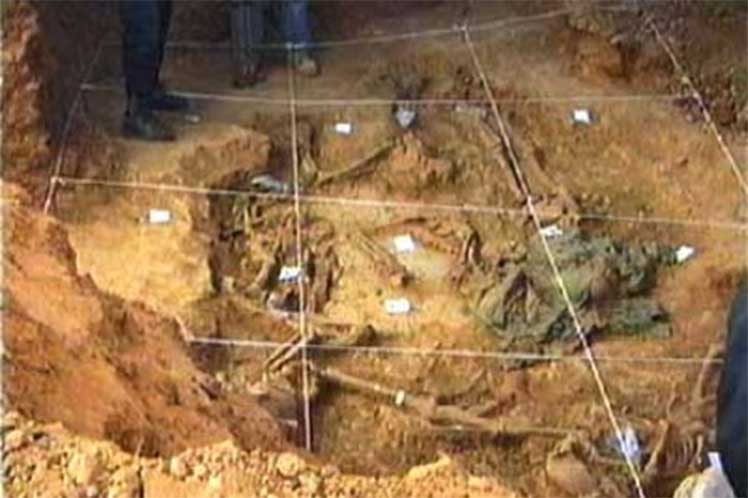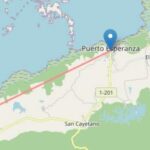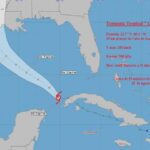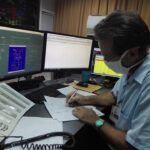Havana, Cuba: The discovery of the remains of the Argentine Cuban guerrilla Ernesto Che Guevara and his comrades in arms in the Bolivian guerrilla, 24 years ago today, is considered here as a feat of science on the Island, Prensa Latina publishes.
That discovery put an end to 30 years of incessant search, and had as direct protagonists geologists, forensic anthropologists, biologists, geophysicists, as well as historians and other scholars of the social sciences of this nation, with the support of foreign specialists, and involved about 15 institutions.
The meticulous historical investigation carried out since 1967, after the assassination of Che by the Bolivian army, and the work on the ground for almost two years starting in 1995, allowed finding the bones, buried in the old part of the airstrip in Vallegrande, a town 240 kilometers from Santa Cruz.
Doctor of Medical Sciences Jorge González, then director of the Havana Institute of Legal Medicine, was appointed by Commander-in-Chief Fidel Castro to lead the scientific search.
The arduous task had to be carried out quickly due to the pressure of those who tried to frustrate it, and a day after the Bolivian government gave the Cubans 48 hours to finish, the discovery occurred, the scientist recalled in an interview with the Granma newspaper in July past.
On the morning of Saturday, June 28, 1997, seven human bones were found in a common grave, one of which was missing its hands. Adhered to those remains, part of Che’s olive green jacket and pieces of the leather belt he was wearing on the day he was murdered were found, González said.
Other evidences such as the prominence of the skull and the absence of the upper left molar, were dispelling the doubts. The subsequent DNA study confirmed that it was Commander Guevara.
The discovery and transfer to Cuba of the remains of the guerrilla leader and his companions was interpreted on the island as a symbolic victory for them over their executioners, and a milestone that highlighted the scientific capacity of this Antillean nation and the commitment of its specialists with the country.





